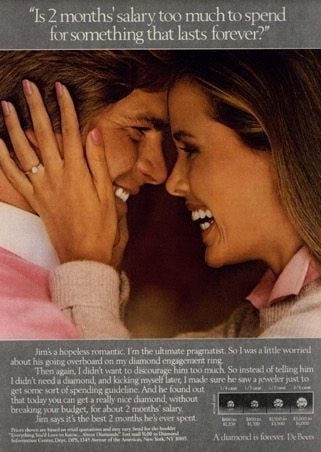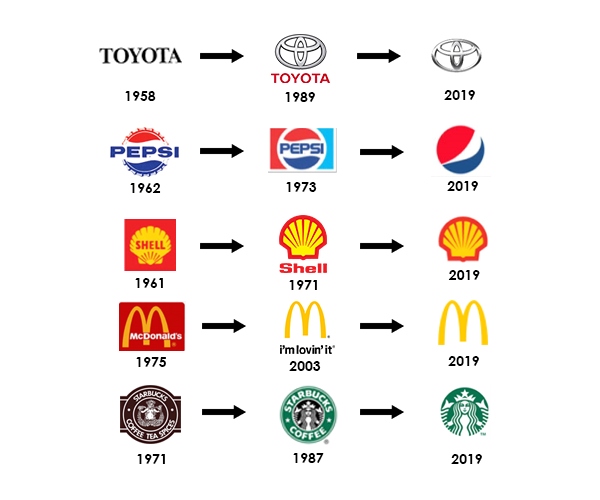

How Behavioural Science can help build Brands?
By Rowena Fernandes, ‘Challenging Stereotypes.’

In today’s ever evolving and ever-changing world, we (Marketers) often face an important and ongoing challenge of:
In addition to placating changing consumer needs due to the disruption that technology is bringing. Communicating a brand’s distinctiveness now takes place in smaller environments like mobile screens and happens in a shorter duration with some ad exposures only lasting seconds at best. Hence the need for behavioural science! As despite the technological progress; humanity has developed much less psychologically.
Consumers don’t think how they feel, say what they think or do what they say — David Ogilvy
Behavioural science can help you understand why people make the decisions they do. It can improve all aspects of marketing: from pricing to promotions, from media to messaging. If your customer is human, there will be something for you.
So the top 2 reasons to learn this science are:
1. To build distinct Brand Assets — both physical & mental. Mental availability to create recall in advertising and Physical availability to make it easy for consumers to identify brands in buying situations.
2. To improve our dealing with humans whose behaviour which I have come to realize is often based on unconscious cues. Hence Behavioural Economics offers a range of possibilities to influence behaviour positively — wherein only small changes in the design, can lead to big improvements.
Now that we have understood the importance, let’s understand a simple framework — CREATES to build brands using this science.

1. CONTEXT: Context drives perception. We need to give as much importance to the target context as the target audience. For example, do you want to communicate with people when they’re on their own or in a group? When they’re happy or sad? When they’re rushing or relaxed?
Our job as a marketer is to create a context which enhances these expectations as much as possible. That might be improving the way your brand is served or even how it is described. Remember, that the brain always processes information relative to context and past experiences. For example, sanitary pads can be sold through dispensers at public toilets.
2. RELATIVITY: Learn how you can position your brand by drawing relative comparisons. There are two main biases a) Extremeness Aversion and b) Anchoring

· Extremeness Aversion (aka the Goldilocks Effect) states that when faced with a series of options people tend to choose the middle one. This is because we most fear the cheapest will be poor quality and the most expensive will be over-priced.
· Anchoring is based on the premise that shoppers don’t have an exact grasp on the value of your product. Hence, make sure you set your anchor as high as possible. For example, De Beers used the anchoring bias to encourage men to spend more on an engagement ring by comparing it to two month’s salary.
3. ATTRACTIVE: Learn the simple techniques to make your brand as attractive as possible. You can choose from the following biases — Power of Emotions, Scarcity or even Pratfall Effect.
· Power of Emotions — Communications are more effective if you use an emotional hook rather than a purely rational message. For example, Vicks ‘Touch of care’ (Gayatri Devi) campaign.
· Scarcity — One reliable way to make an item more appealing is to limit its availability, as we want what is in short supply. Limited editions harness this bias.
· The Pratfall Effect is the idea that people or products who exhibit flaws become more appealing. A great example is the Avis campaign, it was so effective that it ran for 50 years.

4. TIMING: Understand how timing influences consumer behaviour. Being timely is simply about identifying when you want to change people’s behaviour and then placing your message as close to that time as possible. For example, at 12:52 pm a pop up from Zomato to order your lunch will lead to better conversions.
5. MAKE IT EASY — The easier you make something to do, the more likely it will be done. The best examples are the corporate websites (since website is the first point of contact for anything online). Pasted below is the screenshot from P&G and Nivea India corporate website home page which makes it easy for the viewer to find what they are looking for ….unsurprisingly it looks quite similar to Google Search web page!

In fact, it is interesting to note that several well-known brands have simplified their logos over time to aid Brand Recall thus using the “Make it simple” heuristic.

6. GET SOCIAL: Humans are highly social creatures and not only do we enjoy human interaction but also are influenced by other’s decisions/actions. We will be much more persuaded to take a certain course of action if we see others doing the same. The social proof states that other people’s choices impact on our own. This affects everything from the music we download to the car we drive. For example, the “Word of Mouth” is still the most valuable source of marketing; according to a Nielsen study 92% of consumers believe suggestions from friends and family more than they do advertising.
A couple of brands using social proof are : Whiskas cat food — ‘8 out of 10 owners say their cats prefer Whiskas’ and Parle-G — the World’s Largest Selling Biscuit.
To summarise, everything we (Marketer) do is about changing consumer decisions, whether that’s persuading shoppers to switch to your brand, buy it more often, or pay a premium for it.
So why wouldn’t you want to learn from the science of behaviour change? As, behavioural science recognises that all of us (yes, you too) rely on a series of mental shortcuts to make our decisions. Thus helping brands communicate with our customers on a conscious and unconscious basis to hugely influence their purchase decisions.
Author
Rowena Fernandes
Editor
Mridula Saravanan
We at CaratLane are solving some of the most intriguing challenges to make our mark in the relatively uncharted omnichannel jewellery industry. If you are interested in tackling such obstacles, feel free to drop your updated resume/CV to careers@caratlane.com!

Leave a Reply